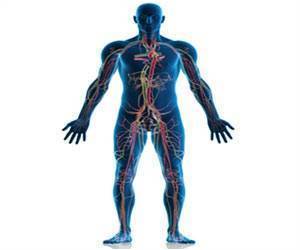German researchers have developed a new glass ceramic that is both strong and gleaming and hence better suited for dental bridges.

But the ceramic developed by glass chemist Prof. Dr. Dr. Christian Rüssel of the Friedrich Schiller University Jena (Germany) and his colleagues, with its nanocrystalline structure, seems to be well suited to be used in dentistry due to their high strength and its optical characteristics. The glass chemists of Jena University recently published their research results in the online-edition of the science magazine Journal of Biomedical Materials Research.
Glass-ceramics on the basis of magnesium-, aluminium-, and silicon oxide are distinguished by their enormous strength. “We achieve a strength five times higher than with comparable denture ceramics available today”, Prof. Rüssel explains. The Jena glass chemists have been working for a while on high density ceramics, but so far only for utilisation in other fields, for instance as the basis of new efficient computer hard drives. “In combination with new optical characteristics an additional field of application is opening up for these materials in dentistry”, Prof. Rüssel is convinced.
Materials, to be considered as dentures are not supposed to be optically different from natural teeth. At the same time not only the right colour shade is important. “The enamel is partly translucent, which the ceramic is also supposed to be”, Prof. Rüssel says.
To achieve these characteristics, the glass-ceramics are produced according to an exactly specified temperature scheme: First of all the basic materials are melted at about 1.500 °C, then cooled down and finely cut up. Then the glass is melted again and cooled down again. Finally, nanocrystals are generated by controlled heating to about 1,000 °C. “This procedure determines the crystallisation crucial for the strength of the product”, the glass chemist Rüssel explains. But this was a technical tightrope walk. Because a too strongly crystallised material disperses the light, becomes opaque and looks like plaster. The secret of the Jena glass ceramic lies in its consistence of nanocrystals. The size of these is at most 100 nanometers in general. “They are too small to strongly disperse light and therefore the ceramic looks translucent, like a natural tooth”, Prof. Rüssel says.
A lot of developing work is necessary until the materials from the Jena Otto-Schott-Institute will be able to be used as dentures. But the groundwork is done. Prof. Rüssel is sure of it.
Advertisement







